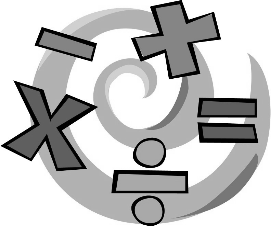
Introduction
In this chapter, we are going to investigate the following fundamental problem: [br][br][br][i][b][center]What exactly can be constructed by straightedge and compass only?[/center][/b][/i] [br][br]Very generally speaking, we attack this problem by showing that the set of lengths (of line segments) that can be constructed by straightedge and compass only and their negative counterparts, which is usually called the set of [b][color=#0000ff]constructible numbers[/color][/b], possesses a very nice [b][color=#0000ff]algebraic structure[/color][/b] so that we can obtain an elegant criterion to check whether a real number belongs to the above set.

Any positive real number can be expressed as the length of a line segment. Therefore, it makes sense to do arithmetic in a geometric way. We will briefly go through how addition, subtraction, multiplication, division and taking square root can be done by Euclidean constructions. Also, by a combination of these operations, we can produce many more line segments of different lengths in terms of the given ones.